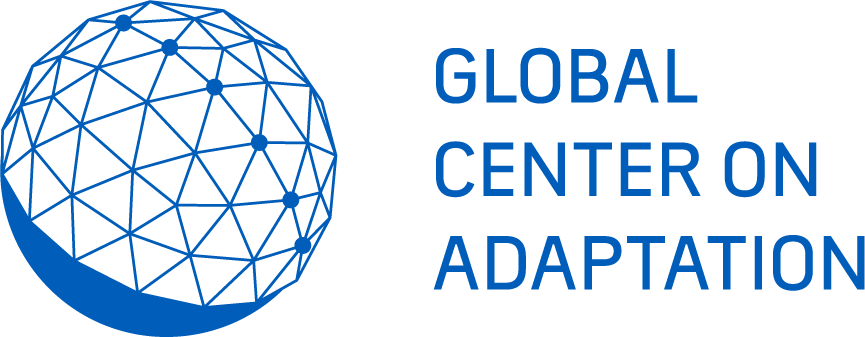Description
Assets-under-management by African institutional investors is estimated to have reached USD 1.8 trillion in 2020. There is no universal definition of institutional investors and can include investment funds, insurance companies, pension funds, sovereign wealth funds, private equity funds, hedge funds, mutual funds etc. In this paper, we include sovereign wealth funds, insurance and pension funds. Institutional investors’ core goals are capital gains and stabilization of returns over the long term. They have very high ability to mobilize funds through pensions in the right regulatory environment. Their prudential responsibilities require them to invest in assets with high credit ratings and assets that are listed. This has limited their ability to deploy funds to climate adaptation projects to date. Political and regulatory risks include weak regulatory reforms, lack of legal enforcement mechanisms, insufficient accountability, and lack of bankable projects and project preparation facilities. These risks are associated with African markets for domestic and international institutional investors alongside technical and commercial risks such as low returns and low ticket sizes.
- Sovereign Wealth Funds: There are 21 SWFs in Africa with more than USD 1.6 trillion in assets under management, of which the majority is owned by Algeria and Libya. African SWFs are still small compared to their global peers representing only 2.1% of global SWF assets. Traditionally, SWFs invest in high rated fixed-income securities and government bonds due to their low-risk appetite. Unlike their global peers, African SWFs are looking to invest in domestic markets and attract international capital to make the African economy resilient. They are shifting to alternate asset classes for higher yields and to facilitate long-term, viable investments in the agriculture supply chain, food security, land degradation and water sectors. Gulf Sovereign Wealth Funds are also increasingly turning to investments in Africa. The Abu Dhabi Investment Authority (ADIA), for example, is a USD 710 billion fund and has recognized African markets as having among the greatest potential for long-term investors.
- Pension Funds: Pension funds are instrumental in mobilizing long-term saving and can support long-term investments. However, traditionally they have low risk appetite due to liquidity requirements, therefore they target debt investments. The percentage of people covered by pension schemes has reached about 80% in some North African countries while it is still as low as 10% in Sub-Saharan Africa. Pension funds are especially strong in South Africa, Botswana, and Namibia per their assets-to-GDP ratio. Total assets under management in 12 emerging markets in Africa are close to USD 400 billion. Reports suggest that the assets-under-management of African pension funds were expected to rise to USD 1.1 trillion by 2020.The World Bank, in collaboration with Columbia University, published a Pension Climate Risk Heatmap in 2019 to identify the risks and challenges of climate change that pension funds across the world face. It found out that South African pension funds have one of the highest levels of climate risks globally. Many other countries in the region also face similar risks mainly due to high asset-to-GDP ratio, high ratio of domestic investments and high vulnerability of the countries to climate risks. This makes a very strong case for pension funds to rethink their investment strategy and move towards investing in sustainable projects domestically.


